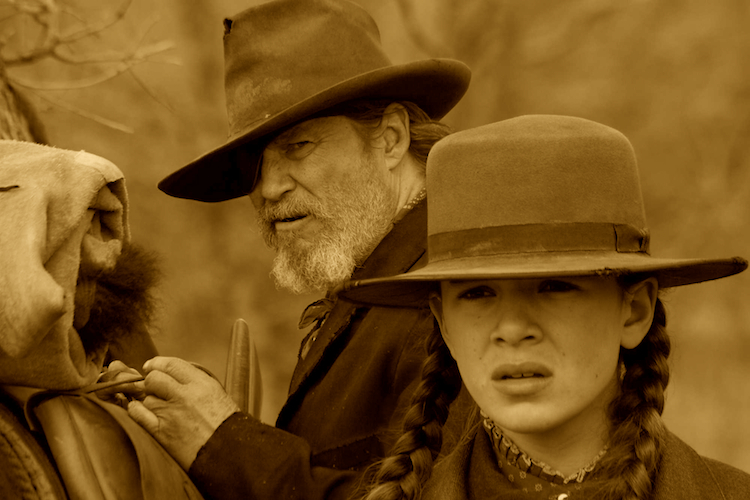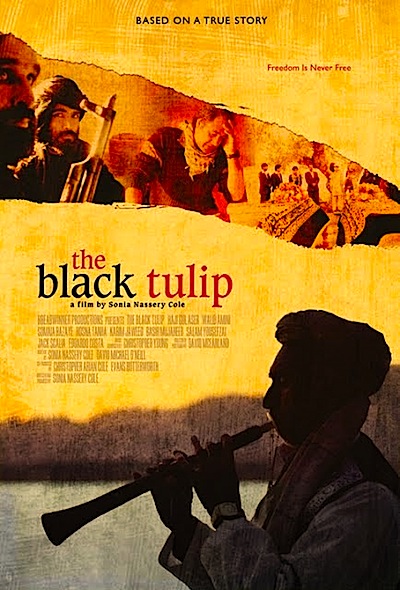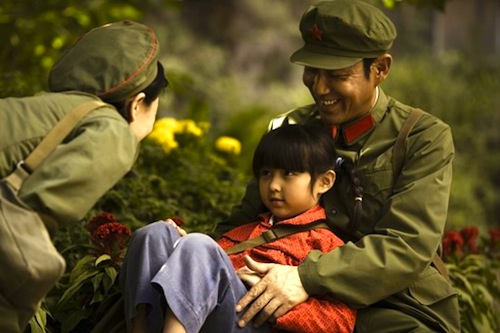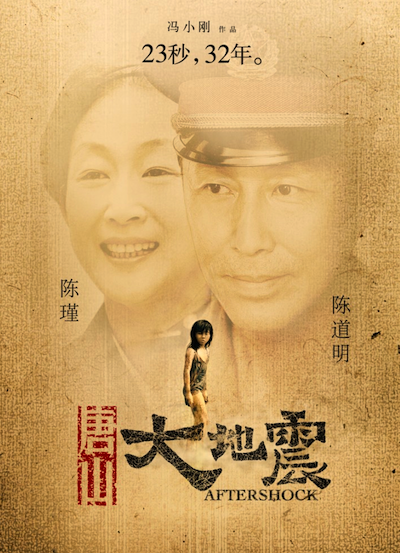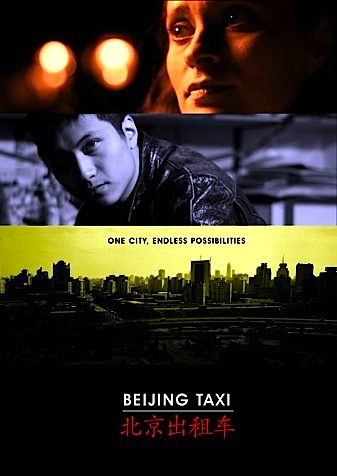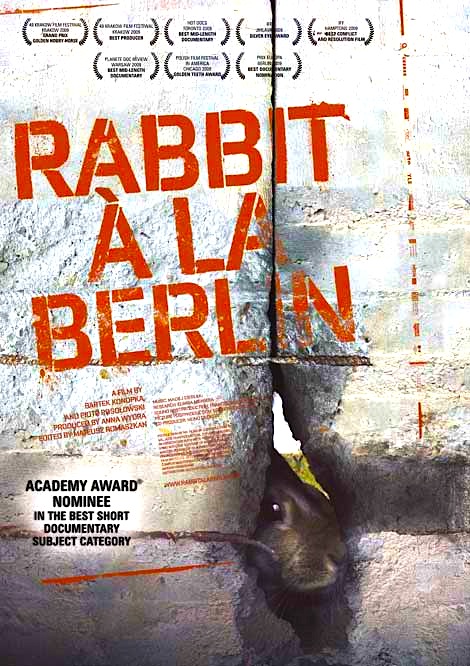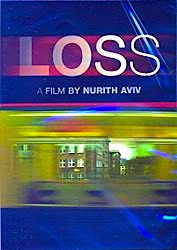By Joe Bendel. Rooster Cogburn is not just a familiar character, he is an icon. Considering the critical drubbing the Coen brothers’ last classic movie remake (The Lady Killers) received, taking on such a storied figure of Americana certainly was gutsy. Yet thanks to their satisfying command of the western genre, the Brothers Coen’s True Grit is able to establish its own identity while keeping faith with the spirit of the original film and source novel. Considered to be a major player for Oscar campaigning (despite being blanked by the Golden Globes), Grit recently opened in select theaters nationwide.
Of course, Grit has an Academy Award winning lineage. John Wayne won his only Oscar for playing the one-eyed, cantankerous old Cogburn. Given the large shadow the Duke casts, it is quite impressive how comfortably Jeff Bridges eases into the role. In a weird way, there might be a similarity between Cogburn and Bridges’ “Dude” from the Coens’ Big Lebowski. Both have a healthy disregard for social convention – however, Cogburn is not exactly what one might call laidback.
As in the Henry Hathaway classic, young Mattie Ross is looking to avenge her father, so she hires the grizzled old Cogburn to track down the killer, Tom Chaney. La Boeuf, a Texas Ranger, is also on Chaney’s trail in hopes of collecting the reward offered for another murder the fugitive committed. Ross is not looking for courtroom justice though, but justice of the frontier variety. Despite Cogburn’s questionable commitment, they press on into forbidding country, in a halfway alliance with La Boeuf.
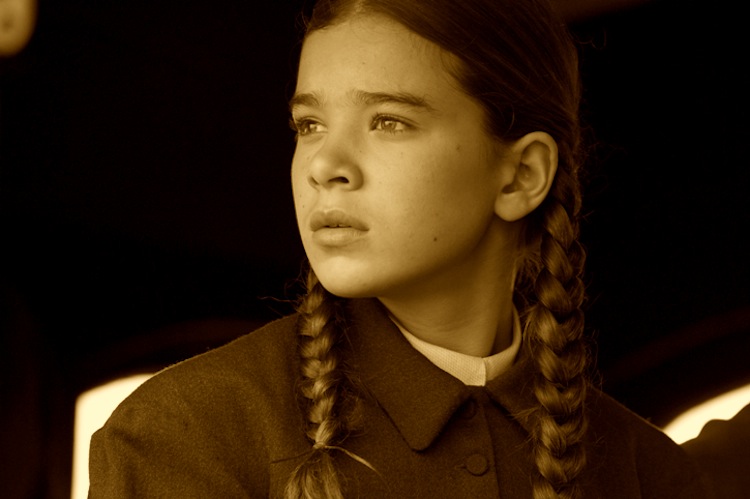
Though Grit is a tad slow out of the blocks, the Coens show a deft touch staging old school western shootouts. Genre purists will be happy to know that not only is Cogburn’s famous battle cry still in the film, Bridges totally nails it. And exhibiting assurance on-screen beyond her years, Hailee Stenfeld invests Ross with considerable grit as well. Unfortunately Matt Damon often seems distractingly off target as La Boeuf, almost portraying the Texas lawman as a caricature of Talladega Nights’ John C. Reilly. Still, Cogburn is the key to the film and Bridges really does pull it off.
Slightly more wistful than the original, the Coen Grit will pleasantly surprise diehard fans of the John Wayne film, nevertheless. Indeed, Bridges ought to be in contention for Oscar consideration. Executed with the gusto the filmmakers are known for, Grit represents a welcome big time return of the western genre to the American film industry. Definitely recommended, it is now playing in select theaters around the country.
Posted on December 23rd, 2010 at 1:30pm.
